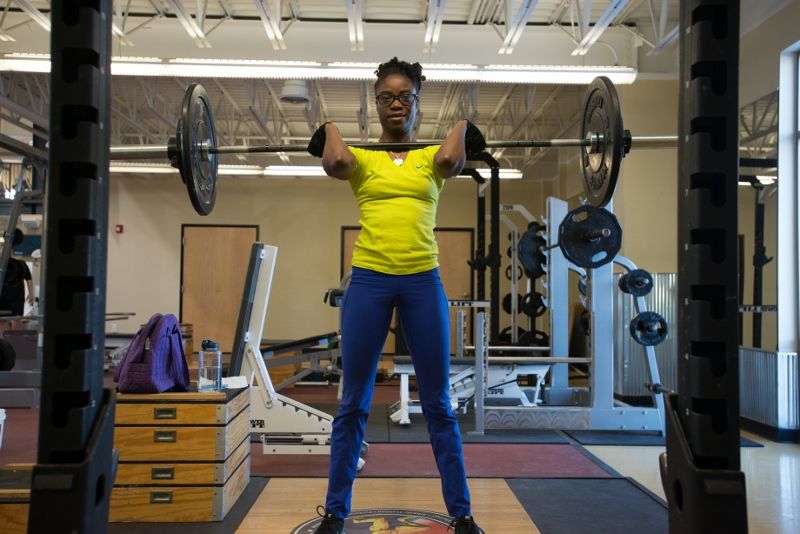We hear a lot about using “sport specific” movements. These are movements that are unique to a given sport. Basketball players using a medicine ball in place of the FIBA-approved game ball or a baseball player using a weighted bat while warming up on deck. Sport specific movements are important for performance but at a certain point, there is such a thing as overdoing “specificity”. You have reached this point when you are doing something unproductive simply because it simulates the movements of the sport more accurately than basic weightlifting movements.
When we do a back squat, we have two feet planted on the ground. The weight is resting on our shoulders and our trunk is stable. This is the most efficient way to build strength. It may not appear to be specific to any sport, but I do not think anyone could argue that strength is unimportant to any sport. Even distance runners will benefit from increasing strength. I would never want to disregard the classic strength movements, as they have been proven to increase very important attributes for athletes such as strength, speed and power output. But if we break down the basics of a squat we see how it applies. So how would we add a specific movement?
You may occasionally see people squatting on an unstable object. If a therapist has them doing this, it is probably not because it looks cool or to increase their chances of impressing others. It is likely serving a specific purpose for that individual. If strength is the goal, an unstable object will not help us achieve this goal for an athlete. For the goal of strength, you want to be in the most stable position possible. Using an unstable surface does not make an exercise more “sport specific” unless the sport you play is on unstable surfaces (I know of very few sports for which this is true). With athletes, I would not want to add any instability to an already unstable system (credit to training genius Loren Landow for this philosophy on training athletes).
If you feel that a back squat lacks specificity, we can break down each joint involved and get very detailed about why it is an important movement for any athlete who values their lower half (more like lower 90% of the body) but to make it more “specific” and still practical, try single leg movements. Things like lunges, split squats and pistol squats are excellent substitutes but don’t neglect those double leg movements. Simply add some single leg movements in addition to your back/front squats and deadlifts.
Specificity can tend to be a polarizing word in sports. Head coaches and athletes love the word. Strength coaches can be more divided. However it’s understanding that, while general strength movements are also important, using things that are actually specific and still helpful is going to get your much farther.


